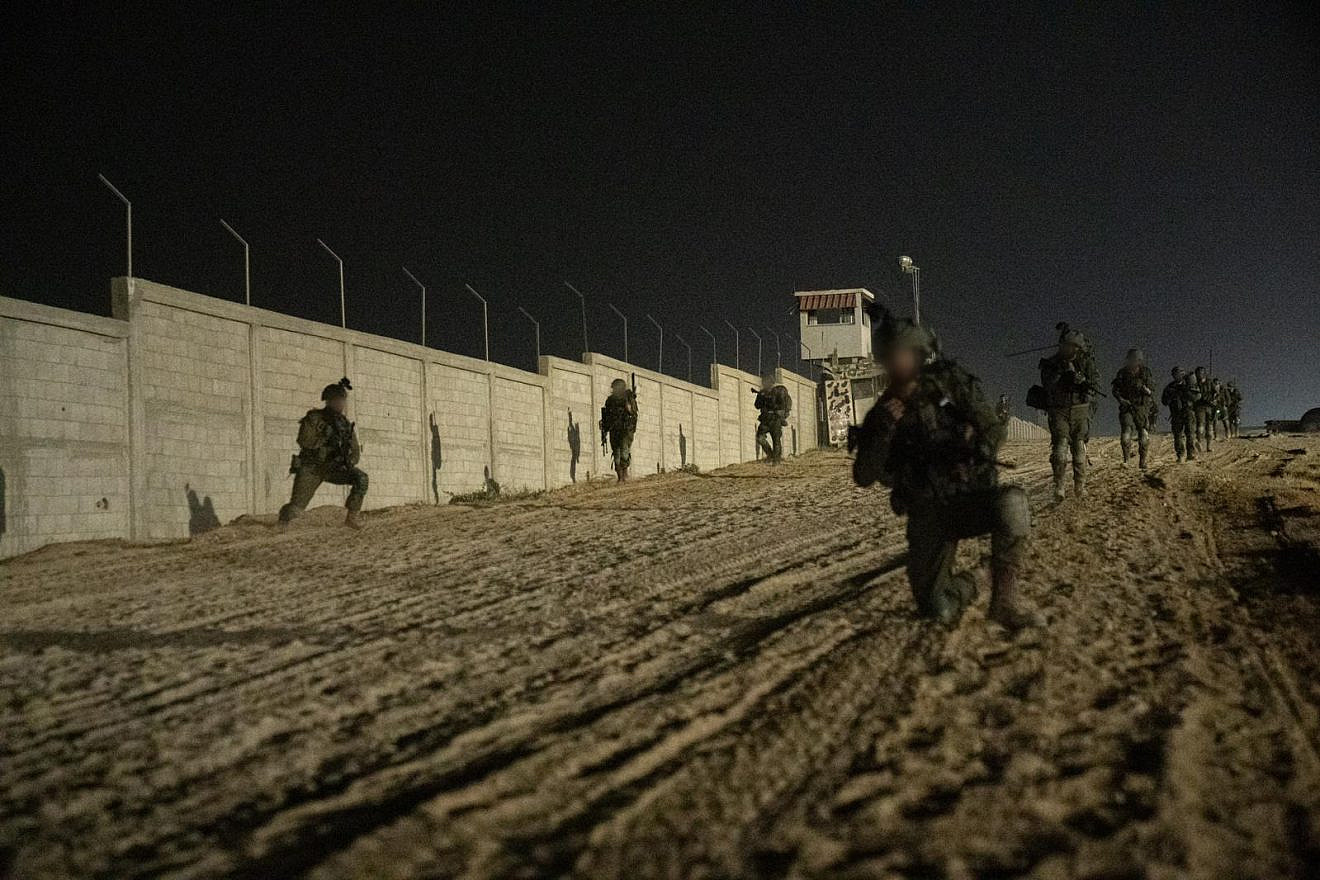
The Israel Defense Forces on May 30 took “operational control” of the Philadelphi Corridor, the strip of territory running along the border between Egypt and Gaza, claiming it was being used by Hamas to traffic weapons into the Strip. In the operation, the IDF’s 162nd Division said it uncovered dozens of rocket launchers in a network of tunnels under the Corridor. The Corridor, known to the Egyptians as Salah al-Din, had been established as a demilitarized zone under the 1978 Camp David Accords, and its re-occupation by Israel as led to fears that Egypt will “tear up the peace treaty” between the two countries.
The Israeli takeover of the Corridor came three days after a rare exchange of fire between the IDF and Egyptian troops at the Rafah crossing, resulting in the death of two young Egyptian conscripts. The deaths fueled anger and drew crowds in the rural villages where they were buried. In a breach of protocol, the funerals were not attended by any army or government officials, and the Egyptian government has reportedly imposed a “media gag” concerning the deaths. Israel acknowedges a “shooting incident” at the border, and says the IDF is conducting an investigation.
As a part of the Corridor operation, the IDF has closed the Kerem Abu Salem Crossing, where the borders of Israel, Egypt and Gaza meet, and is imposing harsh restrictions on the passage of aid into the Strip through this route. The seizure of the Corridor comes in the context of the overall IDF operation in Rafah, which Israel is calling “limited” in deference to international condemnation and US exhortations to put off the offensive until measures are in place to protect civilians. (LWJ, AA, VN, JNS, DW, CNN, NYT, Mada Masr, Mada Masr, ToI, The Guardian, The Telegraph)
Around one million people have already fled Israel’s Rafah invasion, which began on May 6, according to UN figures. Prior to the offensive, Rafah was hosting around 1.4 million Palestinians—around 1.1 million of them already forcibly displaced. It was also the base of operations and logistics hub for aid agencies. A letter signed by 19 aid groups on May 28 said Israel’s offensive has meant their ability to respond has “all but crumbled” and that they are now expecting to see “an acceleration in deaths from starvation, disease and denied medical assistance.” The already insufficient amount of aid being allowed to enter Gaza has collapsed, the letter said, while the opening of new crossing points in the north of Strip and the US-built floating pier are “cosmetic” changes creating “an illusion of improvement.”
The US pier, which cost around $320 million to construct, has already broken apart due to strong winds and choppy seas after being plagued by logistical and security challenges during just over a week of operation. President Joe Biden previously said Israeli troops entering “population centers” in Rafah was a red line, and that he would withhold US weapons from Israel if it were crossed. That red line, however, has seemed to recede as Israeli forces have advanced, while a senior Israeli official, National Security Advisor Tzachi Hanegbi, said he expected the military campaign in Gaza to last through the end of the year.
The International Court of Justice (ICJ) ordered Israel to halt its assault on Rafah on May 24—an order Israel has “flagrantly disregarded,” according to a group of UN experts, who called for the international community to impose sanctions and take other measures to force Israel to comply with international law. And while international attention has been focused on Rafah, Israel has also stepped up its military activity throughout Gaza, and the hobbling of aid efforts is having an impact across the Strip. (The New Humanitarian)
Photo: IDF via JNS




